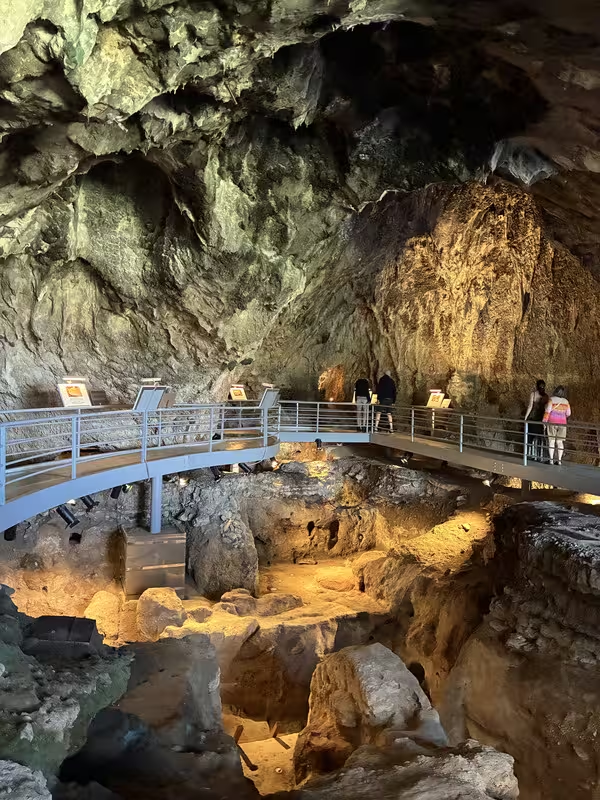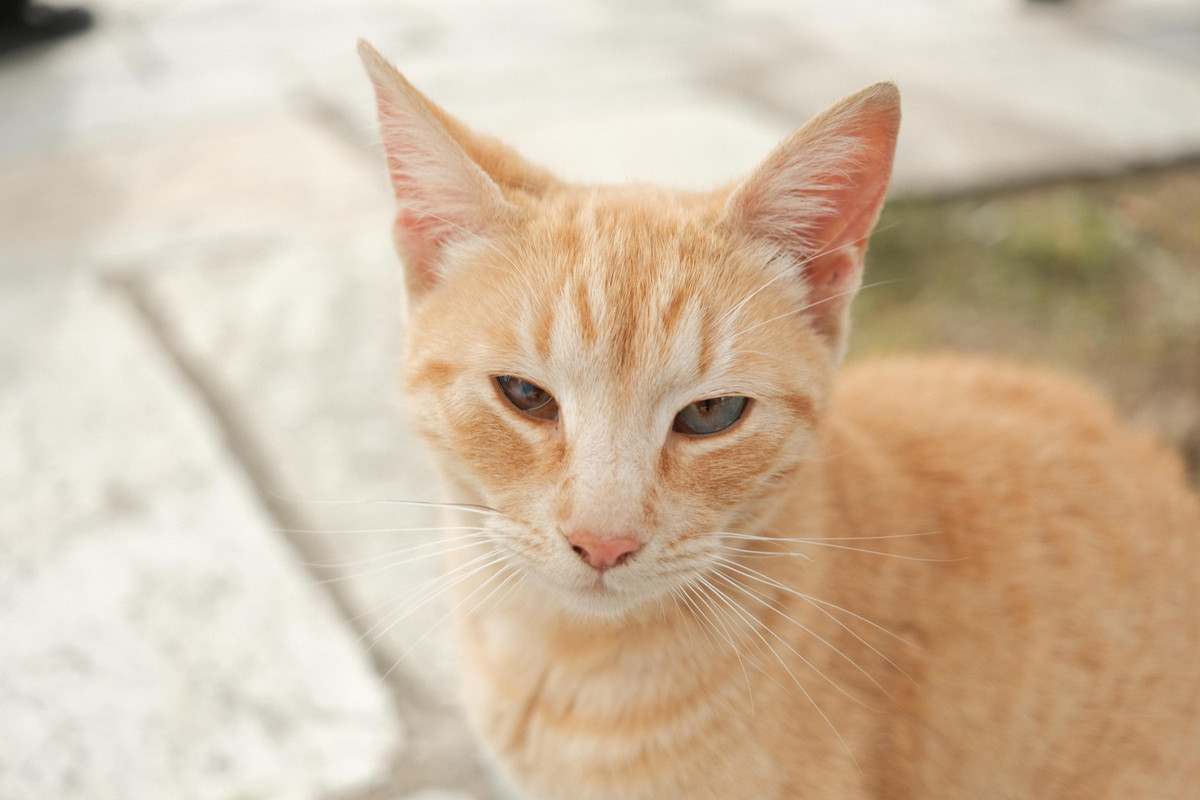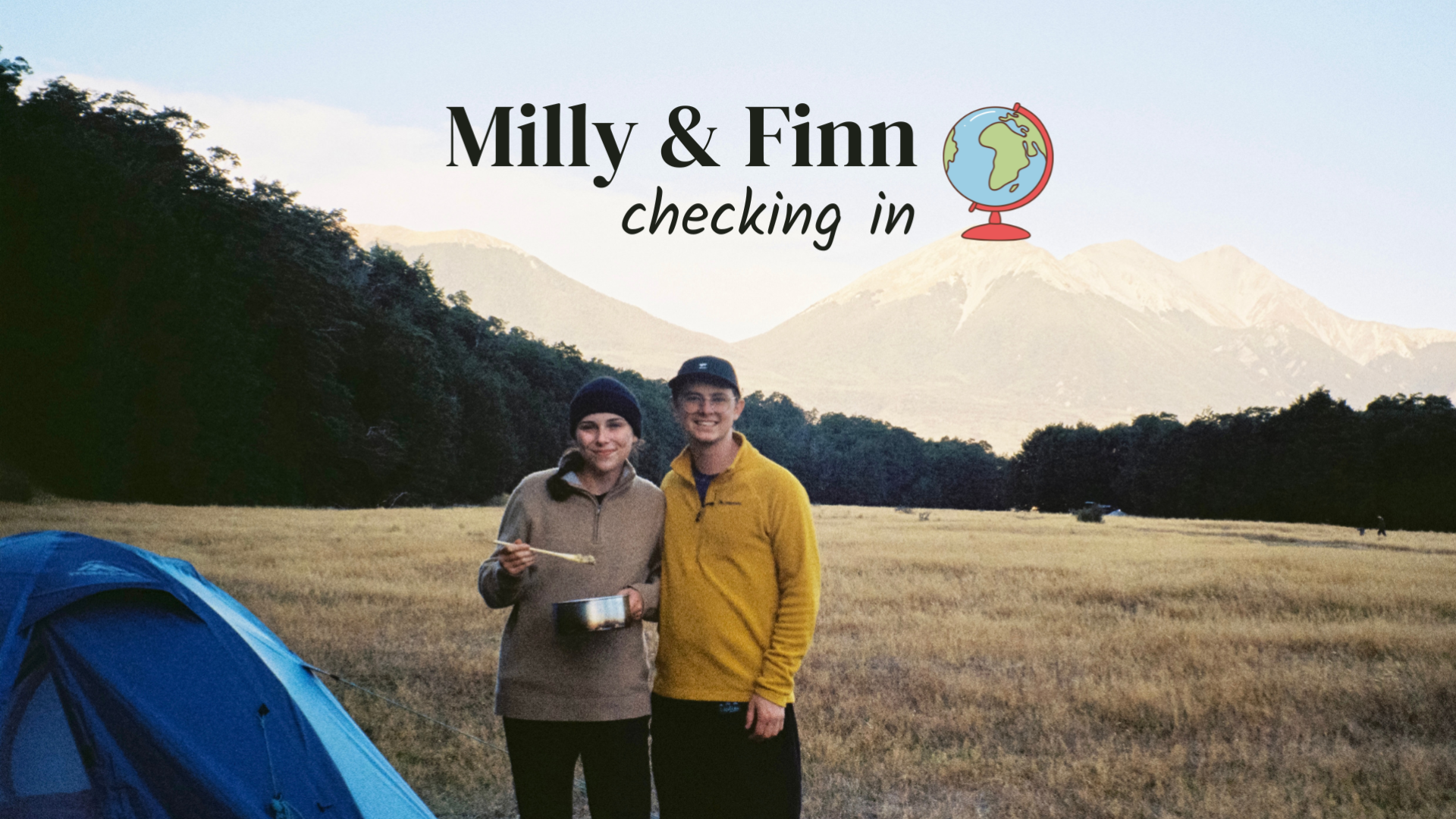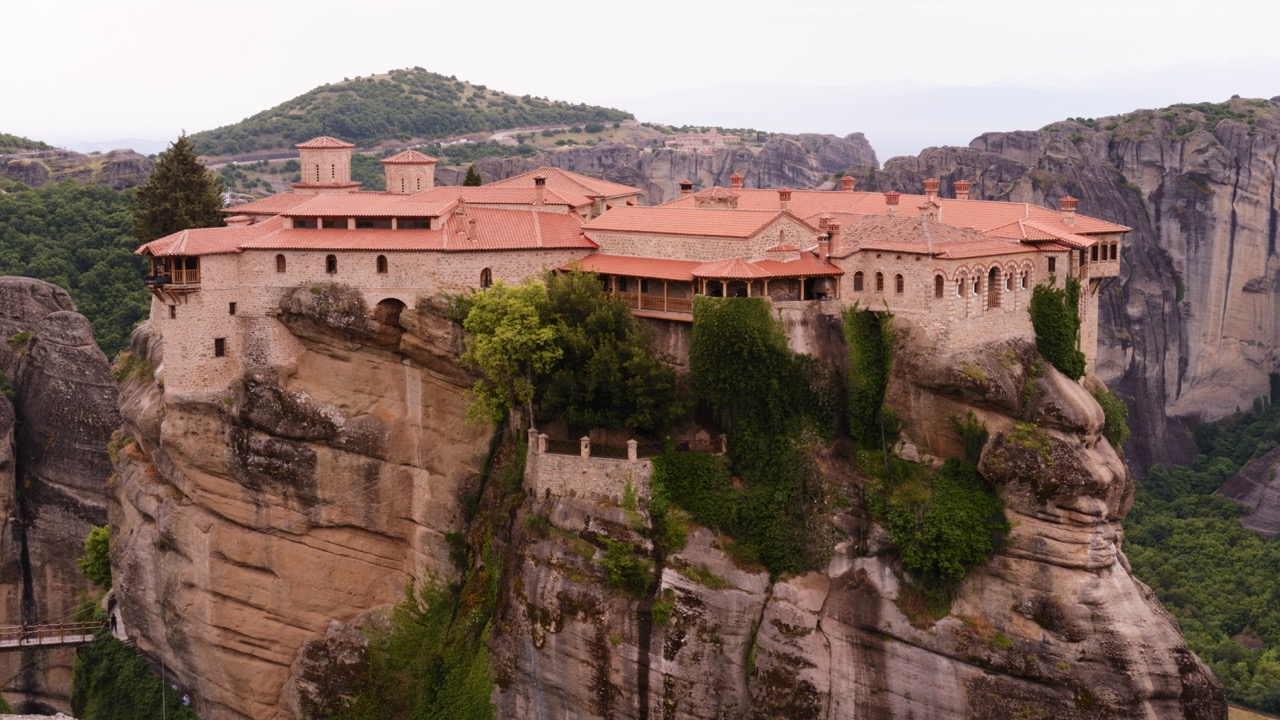At the foot of the Pindos mountains, about as far away from the coast as you can get in Greece, a valley of enormous stone columns protrude from the earth. Like an ancient Greek temple, the place has an air of venerable spirituality and wonder. But these columns were not created by human hands, rather by millions of years of geological activity. Today these pillars have been worn smooth by wind and water, and thick vegetation seeps out of the rock. This place is Meteora, meaning “lofty” and “elevated”, a name which imbues an extra-terrestrial quality to the landscape.

In order to tell you the story of Meteora, we have to go way back to the beginning. Well, not the very beginning because I’m not a geologist and I don’t understand rocks. I do understand people, though, so we will work with that.
137,000 years ago, in the Middle Paleolithic Period, our early ancestors roamed the landscape. This region would have looked rather different back then. As the earth was transitioning into another glacial period, it would have been colder and wetter than it is today. Mammoths, woolly rhinos, cave bears and aurochs roamed the valley, providing valuable food sources but also deadly threats. The Peneios river valley, next to Meteora, would have been a vital water source and hunting ground for our Stone Age ancestors. One day, seeking refuge from icy winds and prehistoric predators, a group of Homo sapiens—or perhaps late Neanderthals—discovered a large cave overlooking the valley. Inside, they built a stone wall to shield themselves, unknowingly creating the oldest man-made structure ever found in Europe.

The Pindos Valley
In a country filled to the brim with archaeological sites, this cave, known as Theopetra’s Cave, is one of Greece’s most important. The site contains the earliest evidence of hominid inhabitation in the region. Archaeological discoveries such as coal and human bones prove that people continually inhabited this cave for 131,000 years during the Middle and Upper Paleolithic, the Mesolithic, and the Neolithic periods. Temporary use continued during the Bronze Age all the way up until 1955 and even onward, as modern shepherds occasionally used the cave to shelter livestock. As well as this, Theopetra’s cave is a physical record of two highly significant events in prehistoric history – the replacement of Neanderthals with Homo Sapiens and the Neolithic shift from hunter-gathering to farming at the end of the last Ice Age.
My favourite part of visiting this cave was laying eyes on some of the oldest human footprints in Europe. Perfectly preserved in the rock lay a set of prints laid by tiny feet of a two to seven year old child, who trod across the muddy cave floor and had their footprints baked into the earth by the heat of the hearth. While there were also more recent artifacts- skeletons, finger-nailed pottery fragments, jewellery made from shell and bone- it was the footprints that really imprinted on me. They were so old, it was before they understood that clay could be fired solid. I can just picture it- a community of a dozen or so cave people, chipping rocks together, scraping animal hides. They are blurry behind smoke, their shadows dancing on the cave wall behind them. Not far from the fire, a drop of water falls from the cracked ceiling, seeping into the damp earth. It had rained recently and the skies were still cold. A small child lets out a giggle and toddles across the mud to her mother. She leaves behind footprints and a tiny trace of life in a different world.



Theopetra’s Cave
Footprints
Remains of a hearth evidenced by orange-coloured rock
Human beings have been intimately connected to this land for centuries. Less than five kilometers from where our hominid ancestors entered Theopetra’s cave in search of shelter, a series of rock-climbing hermit monks discovered some caves and fissures in Meteora’s rock formations. They were searching initially for a place to live humbly and in solitude, but later also to shelter from the Turkish invaders of Greece. By the 14th century, the monks were less into seclusion, but still wished to live an ascetic life in service of God. So they built a cluster of 24 monasteries atop the rock pillars. For decades, access to these monasteries in the clouds was a perilous task, and that was how they liked it. By dropping down ladders or hauling people up with ropes, they maintained complete control over their sanctuaries in a time of political and religious upheaval. Only six of these monasteries still exist today, and we visited two of them: The Great Meteron and Vaarlam. Throughout well into the 1900s, pilgrims wishing to enter the monastery of Vaarlam would have a rope and net lowered down, put themselves in the net, and be hauled up a 300 meter cliff by two monks on a winch. This was incredibly dangerous, because the ropes would only be replaced “when the Lord let them break”. According to UNESCO, “The net in which intrepid pilgrims were hoisted up vertically alongside the 373 metres (1,224 ft) cliff where the Varlaam monastery dominates the valley symbolizes the fragility of a traditional way of life that is threatened with extinction.” Luckily for us, they have since installed stairs.
The Great Meteron, is the impressively named largest monastery in Meteora. The large complex contains multiple chapels, a library, refectory (dining hall), monks’ cells (aka rooms, I don’t know why they called them that, sounds pretty depressing), storerooms, and a museum. The heart and highlight of the monastery is certainly the katholikon (main church). You walk into a small room, maybe 10 meters squared. But it doesn’t feel small at all, because it is covered from floor to ceiling with the most astounding frescoes I have ever seen. Every centimeter is adorned with rich Byzantine-style depictions from the bible, gold-encrusted saints, trumpeting angels, jesus’s cruxifiction. But the more I looked, the more I realised this wasn’t your typical church scenes. Most of the images depicted what I can only assume to be old-testament brutalities, beautifully drawn down to the tiniest painstaking detail. Some of our favourites included (warning, it’s graphic): people getting boiled in a pot, someone getting roasted like a kebab, someone being dragged behind a horse, someone being stretched on a wheel, someone being fed to a dragon, someone being skinned alive, and finally someone getting their head chopped off and then the head being boiled in a pot for good measure. I spent so long with my own head craned backwards staring at the ceiling that I almost missed the display box that contained some of the skull and toe bones of the monastery’s founder. Phew.
Vaarlam is the second-largest monastery and is named after the cave-dwelling monk who discovered it. To be honest, it was very similar to the first monastery we visited, just on a slightly smaller scale. It contained a similar murderously decorated church room, but also had a peaceful courtyard and a not particularly peaceful net- once I released what it was used for. I think two was the perfect number of monasteries for us. Some people visit all six of them, but I think that would get pretty repetitive and would likely diminish their impressiveness. We chose to visit the Great Meteron because it was the biggest, and Vaarlam because it was the hardest to get to (aka the most stairs) so we thought it might deter some of the fat tourists. Hahaha I’m just kidding. But we did think it might be slightly less busy. In the end, it was hard to say because we had got to the Great Meteron before opening and didn’t make it to Vaarlam until three hours later. They only cost five euros each to enter and we thought this was an amazing deal. But we did have to adhere to a dress code (long skirts and covered shoulders for women, long pants for men) so remember that if you decide to visit. Which you absolutely should if you get the chance.
Anyway, thanks for bearing with on that history lesson of a blog post.
I’m starving so I’m going to get something for dinner.
Signing off,
Milly xx






